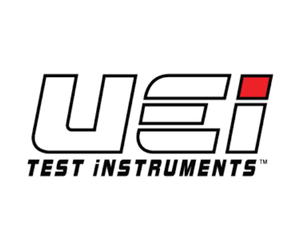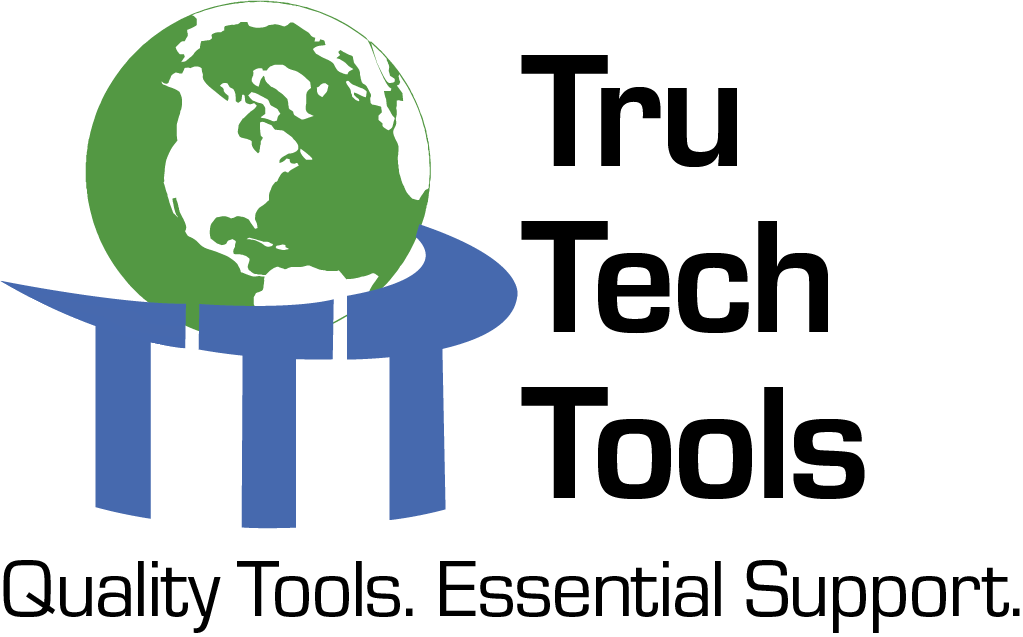Tech Tips

As we do fall maintenance and head into the heating season, combustion analysis becomes a big deal. (It’s always kind of a big deal, but now it’s a really big deal.) First and foremost, it tells us how much carbon monoxide (CO) is produced by burning. CO can make people ill, contribute to cognitive deterioration […]
Read more

Double traps are no good. That's the end of this tech tip. Okay, here's some detail: Anytime your drain goes up and down more than once, you have a double trap UNLESS you place an air vent between the two traps that vents ABOVE the drain inlet. The double trap causes drainage issues because air […]
Read more

Service calls about condensing fan motor failure are quite common. Even though fan motor replacement is a standard procedure for residential split systems, it requires careful attention to safety and detail. This article will give you a step-by-step guide showing how to replace a condensing fan motor. Along the way, we will also explain a few […]
Read more

This website is for professional HVAC techs and those actively learning to become professional HVAC techs, not DIY homeowners. I feel like that needs to be said before I state these seemingly obvious facts, but these very obvious facts are so commonly mistaken that they need to be covered. Take a look at the two […]
Read more

This tech tip was inspired by Alex Meaney and Ed Janowiak’s session at NCI’s High-Performance Summit 2025: “Good Design Isn’t a Buffet: The Importance and Interconnection of Manuals J, S, and D.” Alex is a building science expert who worked at Wrightsoft (now MiTek) for several years before launching his consulting firm, Mean HVAC Consulting […]
Read more

HVAC technicians typically focus on diagnosing issues related to mechanical wear, refrigerant leaks, or control problems within the equipment. However, damage can also originate from external sources. For instance, a failed control board might be attributed to internal shorts or rubouts. Yet, the root cause could be external, such as the voltage spike that can […]
Read more

If you have a multimeter for HVAC work, you most likely have a meter with a CAT III rating on it. Some might also be rated for CAT II at higher voltages or CAT IV at lower ones—or both, like this model of the UEi DL599 from our Multimeter 101 for HVAC 3D video. In […]
Read more

Equipment selection may seem like a pretty straightforward process: look at the data plate, find the tonnage that’s close to your Manual J calculation’s total load, and you’re good to go, right? The problem with that approach is that a 3-ton unit won’t deliver 36,000 BTUs per hour like it says on the data tag. […]
Read more

Crankcase heaters are a critical but often overlooked component in air conditioning and refrigeration systems. Their function is simple but vital: to prevent liquid refrigerant from migrating into the compressor crankcase during the off-cycle. A missing or failed crankcase heater is a leading cause of premature compressor failure. This guide covers why they're necessary, how […]
Read more







